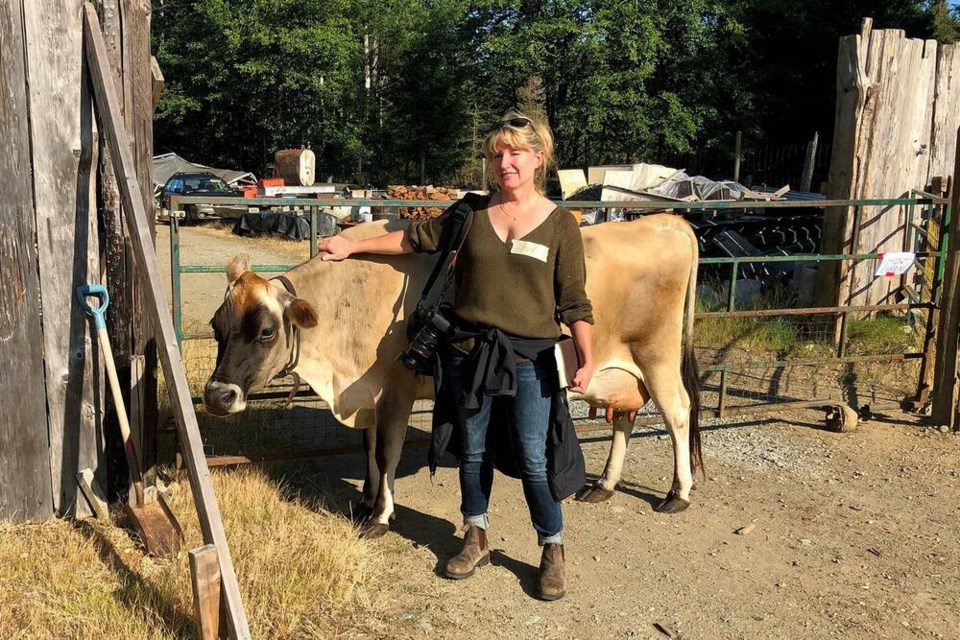As the year draws to a close, I look back and ahead in equal measure, to evaluate my world and sphere of influence and make plans for the future.
The lens through which I observe my progress as a person has changed over the years, as they warned me it would during my permaculture design education.
Permaculture, while enjoying a relative boost in popularity, or awareness at least, is not easily understood. The original tome and required pre-reading – Permaculture, A Designers’ Manual by Bill Mollison – was for me, uninitiated as I was then, an overcomplicated introduction to a mind-blowingly simple set of ideals.
Touted as the ultimate blueprint for holistic living and land use, the yawn of a textbook was neither inspiring or enlightening to a city dweller following natural instincts honed over decades linked intermittently to ranches, farms, rainforest and Indigenous ways of knowing.
I stuck with it regardless, learning to build houses from mud, calculate the height of a tree using a stick the length of my arm, mentally estimate the flowrate of a stream, tolerate yurts, and yes even dance in a circle in a field with complete strangers.
I have since used the flowrate and trigonometry learnings, but I struggle deeply with reckless abandon, and the yurts to be honest. Can someone tell me how to fit right-angle furnishings into a yurt, or keep a mud home standing upright in the rain?
After a decade struggling to understand why I just didn’t get it, I now know the very basic and actionable truth. A truth that was cloaked in hubris, jargon and academia, and a one-size-fits-all design course that definitely does not fit all.
Mollison has original three foundational ethics: earth care, people care and fair share, plus his twelve design principles: Observe and interact; catch and store energy; obtain a yield; apply self-regulation and accept feedback; use and value renewable resources and services; produce no waste; design from patterns to details; integrate rather than segregate; use small and slow solutions; use and value diversity; use edges and value the marginal; and creatively use and respond to change.
All his tenets can be summed up in one very simple statement: defer to nature’s logic and environmental science, and limit consumption.
There is no single problem or set of problems – environmental, political, societal, philosophical – that cannot be solved by deferring to existing natural systems and natural logic, there just is not.
Thousands of scholars, scientists and knowledge keepers before Mollison published how-to manuals for living sustainably and regeneratively. Sadly their wisdom has been, as Henry David Thoreau eloquated, lost down the steam of time.
English geologist and biologist Charles Darwin (1809-1882), botanist Sir Albert Howard (1873-1947), agronomist Eve Balfour (1898-1990) and countless other thought leaders published extensively, guidelines for deferring to natural logic and environmental science.
And while their research was celebrated and awarded, their teachings and cautions were not heeded. For centuries, knowledge keepers have warned of disrespecting natural systems and poisoning the earth.
A proverb from the Sanskrit Vedic Scriptures of around 1500 BCE reads: “Upon this handful of soil our survival depends. Husband it and it will grow our food, our fuel and our shelter and surround us with beauty. Abuse it and soil will collapse and die, taking humanity with it.”
Hubris defines us as human. It has without question been our downfall, and acknowledging it can be our salvation.
My new year’s resolution is to park my ego deeper in the woods and dance with abandon, with strangers who share my values and hope for people and planet.
Laura Marie Neubert is a West Vancouver-based urban permaculture designer. Follow her on Instagram @upfrontandbeautiful, learn more about permaculture by visiting her Upfront & Beautiful website or email your questions to her here.
For a taste of permaculture, watch the video below:




